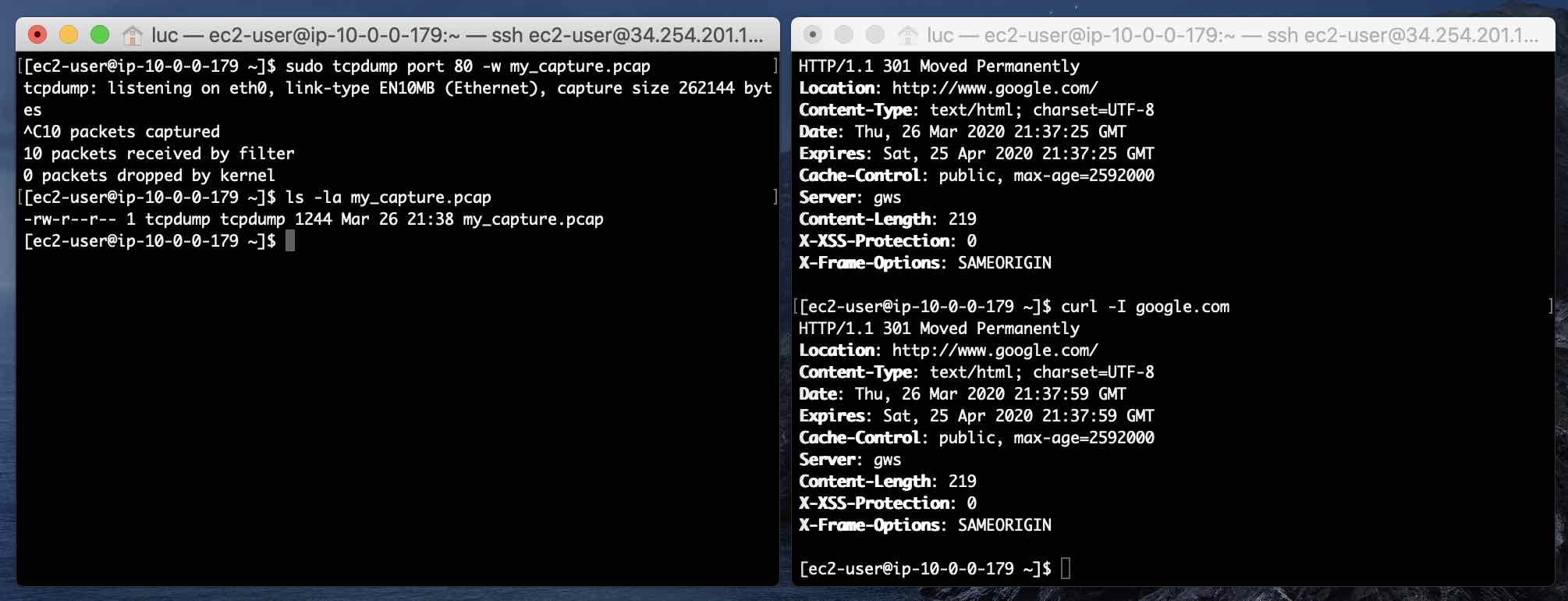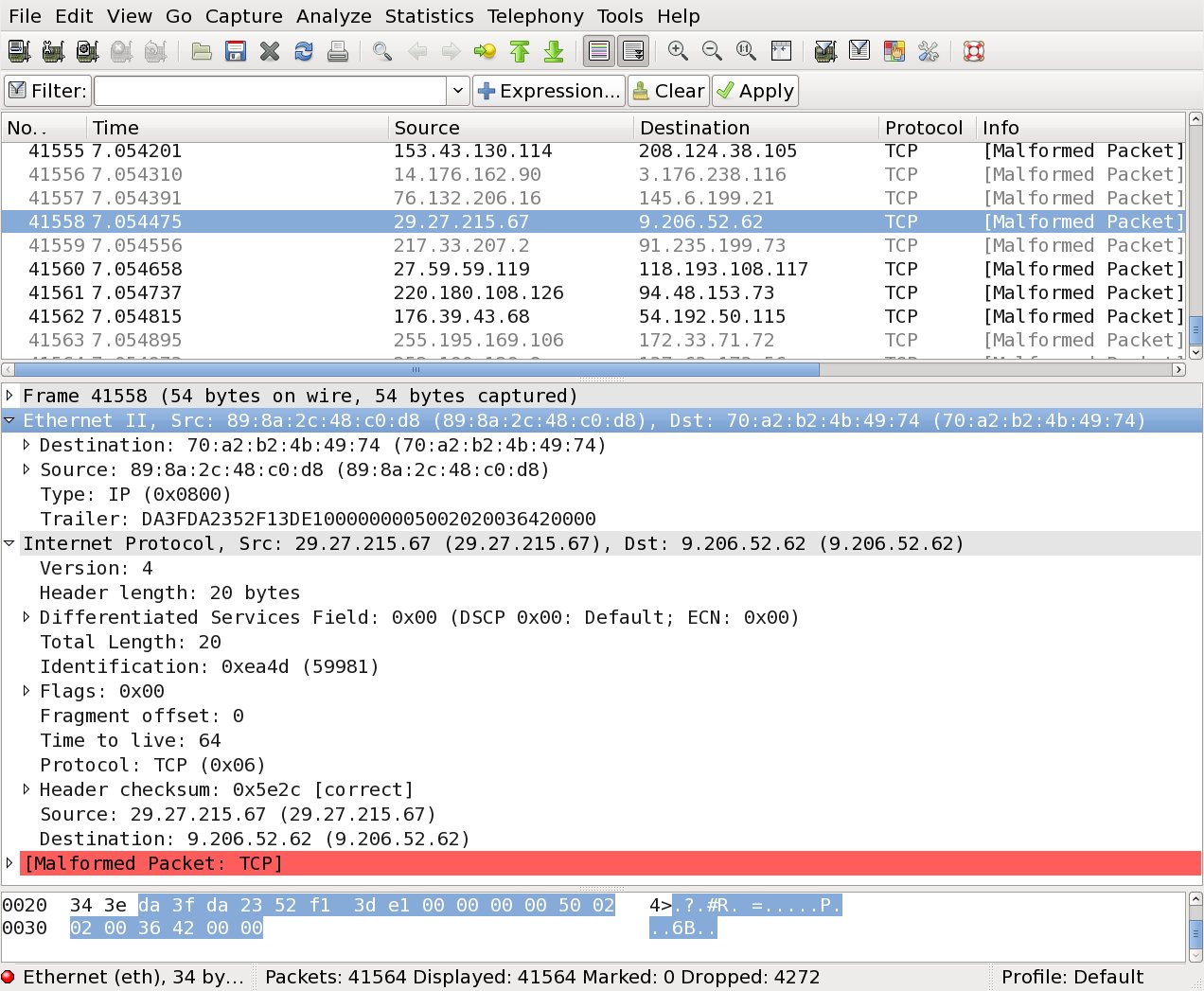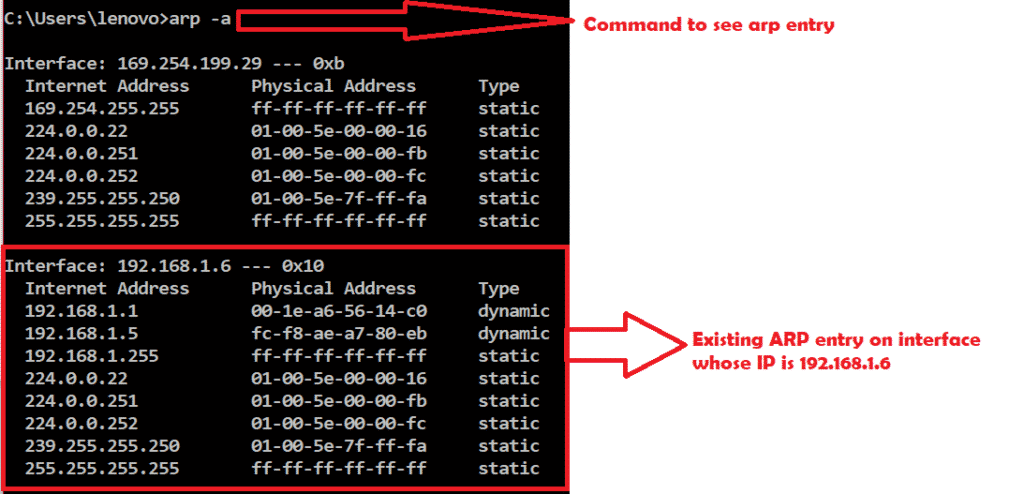
Building Display Filter Expressions 6.4.1.

Pop-up Menu Of The “Packet Diagram” Pane 6.3. Pop-up Menu Of The “Packet Bytes” Pane 6.2.5. Pop-up Menu Of The “Packet Details” Pane 6.2.4. Pop-up Menu Of The “Packet List” Pane 6.2.3. Pop-up Menu Of The “Packet List” Column Header 6.2.2. The “Export TLS Session Keys…” Dialog Box 5.7.7. The “Export PDUs to File…” Dialog Box 5.7.5. The “Export Selected Packet Bytes” Dialog Box 5.7.4. The “Export Packet Dissections” Dialog Box 5.7.3. The “Export Specified Packets” Dialog Box 5.7.2. The “Import From Hex Dump” Dialog Box 5.5.4. The “Merge With Capture File” Dialog Box 5.5. The “Save Capture File As” Dialog Box 5.3.2. The “Open Capture File” Dialog Box 5.2.2. The “Compiled Filter Output” Dialog Box 4.8. The “Capture” Section Of The Welcome Screen 4.5. Building from source under UNIX or Linux 2.8. Installing from packages under FreeBSD 2.7. Installing from portage under Gentoo Linux 2.6.4. Installing from debs under Debian, Ubuntu and other Debian derivatives 2.6.3. Installing from RPMs under Red Hat and alike 2.6.2. Installing the binaries under UNIX 2.6.1. Windows installer command line options 2.3.6. Installing Wireshark under Windows 2.3.1. Obtaining the source and binary distributions 2.3. Reporting Crashes on Windows platforms 2. Reporting Crashes on UNIX/Linux platforms 1.6.8. Reporting Problems And Getting Help 1.6.1. Development And Maintenance Of Wireshark 1.6.

Export files for many other capture programs 1.1.6. Import files from many other capture programs 1.1.5. Live capture from many different network media 1.1.4. Providing feedback about this document 7. Where to get the latest copy of this document? 6. Now the Wireshark is able to present the remote pcap as Wi-Fi frames.Ĥ) You can stop and start the capture again and Wireshark will remember this specific decoding until you quit Wireshark.Table of Contents Preface 1. On the Transport tab, pick up UDP destination (5000) port as AIROPEEK, and click OK. Right-click any frame, and choose Decode as.

Remember the raw-pcap ID so that you can stop the remote packet capture.ģ) You should be seeing some traffic arriving at your Wireshark. Note: 5000 is the port you chose in step 1, and "1" is the Airopeek format. Choose Airopeek format for the remote packet capture. Click Start.Ģ) On the controller, start the raw packet capture from WebUI or CLI. Apply the capture filter as udp port 5000 or whatever port you want. Choose the wired port interface (en0 on Mac OSX, or eth0 on Linux).

To configure the Wireshark for remote packet capture, follow these steps:ġ) Start Wireshark as usual. Product and Software : This article applies to all Aruba controllers and ArubaOS versions. Question: How do I configure the Wireshark for remote packet capture (on Windows, Mac OSX, and Linux)?


 0 kommentar(er)
0 kommentar(er)
